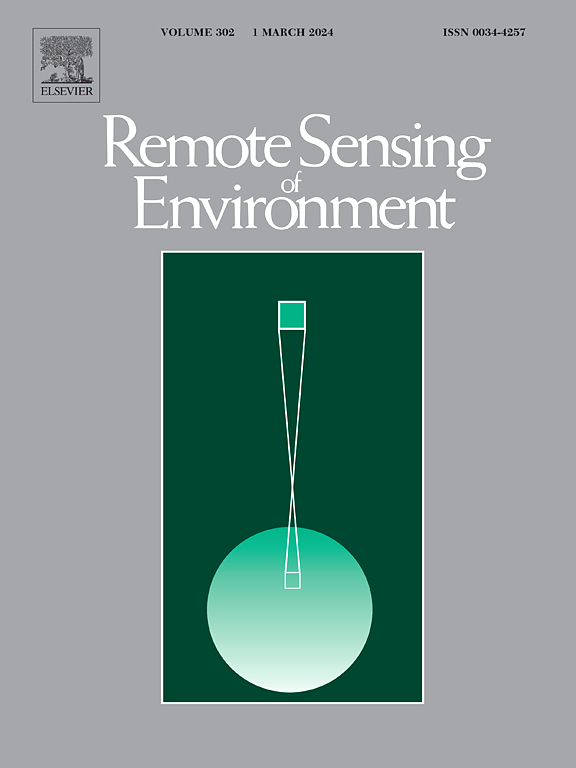了解山区的温度变化:卫星获得的地表温度与原位近地表空气温度之间的关系
IF 11.1
1区 地球科学
Q1 ENVIRONMENTAL SCIENCES
引用次数: 0
摘要
山地系统对区域和全球气候都有重大影响,对生物多样性、水资源和经济活动至关重要。许多山区正经历着比低海拔地区更快的温度变化。虽然现场气象站提供了近地表气温(Tair)模式的关键数据,但缺乏高海拔气象站可能会导致对山区变暖的低估。地表温度(LST)与Tair有很强的关系,可以在全球范围内通过卫星测量,而不考虑极端地形,它为全面评估温度动态提供了一个重要的替代方案。在本研究中,我们通过对研究文献进行荟萃分析,并讨论了驱动LST-Tair关系的因素,回顾了卫星获取的LST与原位Tair之间的关系,特别是在山区。我们的回顾揭示了一些研究偏差,包括迄今为止研究的重点区域(例如半球和大陆偏差)以及具有原位Tair数据的海拔范围。我们强调需要进一步研究山区环境,以更好地了解气候变化对这些关键地区的影响。本文章由计算机程序翻译,如有差异,请以英文原文为准。
Understanding temperature variations in mountainous regions: The relationship between satellite-derived land surface temperature and in situ near-surface air temperature
Mountain systems significantly influence both regional and global climates, and are vital for biodiversity, water resources, and economic activities. Many mountainous regions are experiencing more rapid temperature changes than environments at lower elevations. Whilst in situ weather stations offer critical data on near-surface air temperature (Tair) patterns, the lack of high-elevation stations may lead to an underestimation of warming in mountainous regions. Land surface temperature (LST), which has a strong relationship with Tair and can potentially be measured globally by satellites irrespective of extreme terrain, presents an important alternative for comprehensively assessing temperature dynamics. In this study, we review studies on the relationship between satellite-derived LST and in situ Tair, particularly in mountainous regions, by conducting a meta-analysis of the research literature and discussing the factors driving the LST-Tair relationship. Our review reveals several research biases, including the regions that are the focus of studies to date (e.g. hemispheric and continent biases) and the elevation ranges that have in situ Tair data. We highlight the need for further research in mountain environments to better understand the impacts of climate change on these critical regions.
求助全文
通过发布文献求助,成功后即可免费获取论文全文。
去求助
来源期刊

Remote Sensing of Environment
环境科学-成像科学与照相技术
CiteScore
25.10
自引率
8.90%
发文量
455
审稿时长
53 days
期刊介绍:
Remote Sensing of Environment (RSE) serves the Earth observation community by disseminating results on the theory, science, applications, and technology that contribute to advancing the field of remote sensing. With a thoroughly interdisciplinary approach, RSE encompasses terrestrial, oceanic, and atmospheric sensing.
The journal emphasizes biophysical and quantitative approaches to remote sensing at local to global scales, covering a diverse range of applications and techniques.
RSE serves as a vital platform for the exchange of knowledge and advancements in the dynamic field of remote sensing.
 求助内容:
求助内容: 应助结果提醒方式:
应助结果提醒方式:


